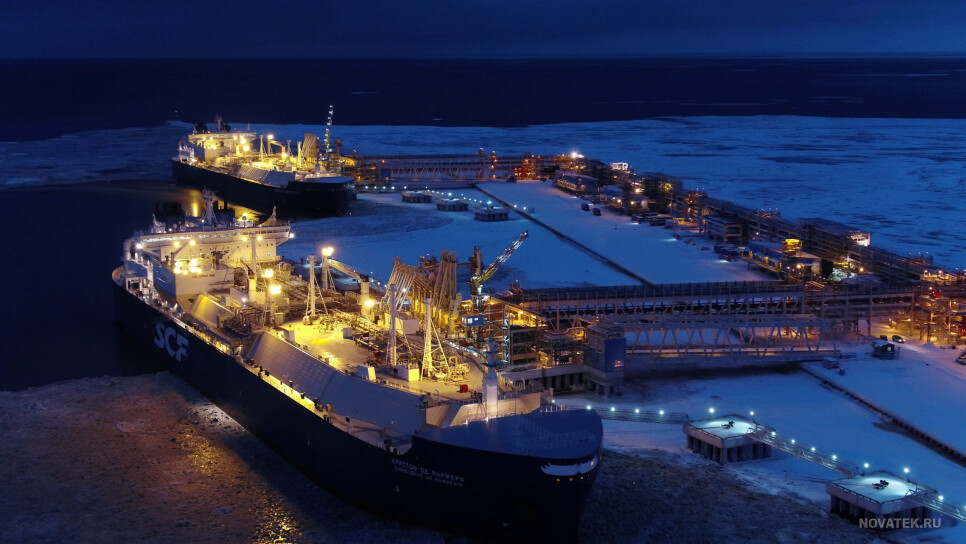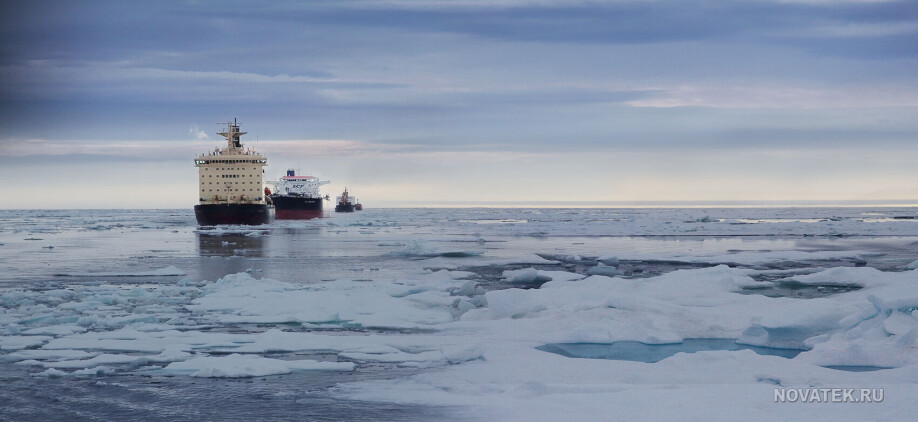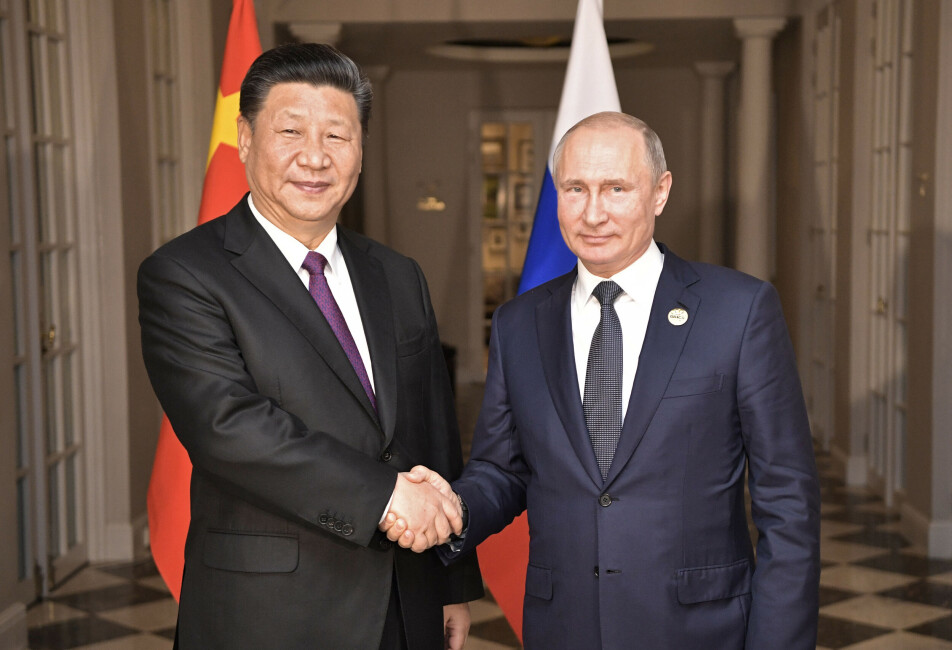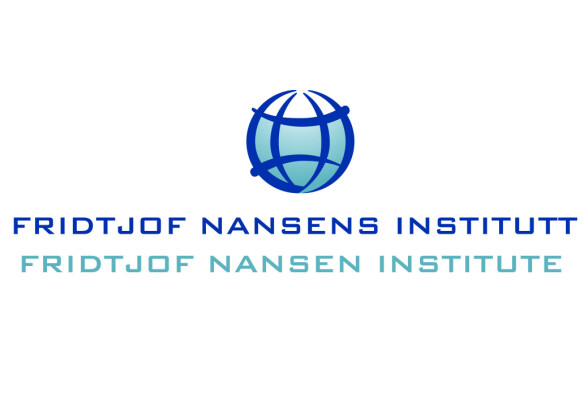THIS ARTICLE/PRESS RELEASE IS PAID FOR AND PRESENTED BY Fridtjof Nansen Institute - READ MORE

The ‘Polar Silk Road’ is a myth – but what of Russian activities along the Northern Sea Route?
Climate change is making year-round use of the Northern Sea Route (NSR) an increasingly realistic possibility.
For more than 10 years now, Russia and China have expressed great expectations as to the use of the NSR for freight transport from Asia to Europe. However, little has happened on that front. Instead, Russia has focused on massive expansion of its gas production. And, for the first time, Russian gas is being transported by tankers with ice-breaker capacity.

Less than a drop in the Arctic Ocean
The ice is retreating, leaving open waters – what next?
“Sailings from the Pacific through to the Atlantic via the NRS have doubled many time over. But that doesn’t mean much, as the point of departure was almost zero. To date, 25 transits stand as the largest number in any single year – and that’s less than a drop in the ocean in terms of international shipping. All the same, there are widespread impressions of a flourishing international transit traffic on the NSR,” notes Senior Researcher at the Fridtjof Nansen Institute, Arild Moe, who has been following developments in the North for many years now.
In other words, Pacific–Atlantic transit via the NSR is a marginal phenomenon.
“However, what is new – and comprehensive – is the massive increase in traffic in and out of the Russian Arctic. No one could have foreseen this only ten years ago,” he adds.
Industrial success for enormous new Russian gasfields
Right in the midst of the climate crisis, Russia has been developing enormous new gasfields. In the course of only a few years, the private company Novatek has developed a tremendous capacity. Since 2017 they have transported liquid natural gas (LNG) from their first project – Yamal LNG – by a series of specially constructed LNG tankers to export markets.

Yamal LNG is an industrial success that popped up from nowhere.
“They’ve worked extremely fast,and managed to adhere to the budget as well as the timetable. No one had thought this would be possible,” Moe adds, noting that the expansion in Western Siberia is still continuing. “It would appear that few observers have fully recognized the enormous increase in shipping that has taken place in connection with the development of new gasfield and shipping.”
Every 40 hours, a 300m-long LNG tanker sails from Yamal, filled with 173 000 m3 of LNG
As the resources here can support several more projects of this scope, the plan is to develop this area into one of the world’s largest LNG regions in the course of this decade.
Approximately every 40 hours, a 300m-long tanker filled with gas from the production areas near Sabetta, an isolated harbour on the eastern coast of the Yamal Peninsula in Siberia. A fleet of icebreaker-capacity tankers was built in South Korea in record time, and there are plans for 60 more vessels. Although the Russian side would prefer all production to take place in Russia, the South Korean shipyard seems set to continue to play an important role. Further, the Chinese have a 30 percent ownership arrangement with Yamal LNG, as well as owner interest in 14 of the 15 tankers now plying Sabetta.
The gas will end up in Europe…
Arild Moe explains: “In Russia, the state power company Gazprom has an export monopoly on pipeline gas, but the private Russian company Novatek has been granted permission to conduct export of LNG.”
“..and this is to go to Europe?”
“No, not as initially planned. Novatek’s export permit was made conditional on sales of the gas mainly to countries not reached by the Russian pipelines used by Gazprom. In other words, the gas was not to go mainly to Europe, but was intended mainly for Asian markets. However, oil and LNG are commodities that may change hands many times – there’s no direct link between producer and end-user. And that means it’s not easy to know just where the gas will end up.”
“After all, you sell where you get the best price. When gas is most expensive in Europe, a lot of the Yamal gas will end up here in Europe,” Moe explains, adding: “but Gazprom isn’t particularly happy about that.”

Enormous expansion planned
Russia is operating with large-scale developments not only for gas, but for oil as well.
“The exact pace will depend on the international market,” Moe explains, “and oil prices have generally been hard to predict. Given the major international plans for cutting climate-gas emissions, it may prove even riskier to focus on oil.”
At present, some eight million tonnes of oil from Siberia are transported via the sea route, and Russia has great ambitions:
“There are plans for transporting as much as 30 million tonnes of oil from Eastern Siberia already by 2024,” Moe reports.
This project – Vostok Oil – has strong support from the Russian authorities, but sceptics hold that these plans are both unrealistic and costly.
“Such development may prove unprofitable if the oil price falls – and the intended tempo is highly ambitious. In addition to oil and gas, the Russians are focusing on coal, metal and mineral extraction in the Arctic, to be developed in parallel with an expansion of the state’s nuclear icebreaker fleet.”
The prevailing opinion in Russia is that resource extraction in the North will serve as a main pillar in the economic future of the nation.
“Even though President Putin has gradually began to realize that climate change is creating problems on the mainland, he doesn’t see that as relevant to the focus on fossil-fuel extraction in Siberia. The Russians are firm in their belief in LNG – also in a world that is supposed to be heading away from fossil energy sources.
Official Russian documents have indicated a levelling-out of gas use in Europe. That, however, is not the case further east.

China needs LNG
FNI researcher Iselin Stensdal focuses on China’s energy and climate policies. “China needs gas, especially now that they aim to move away from coal. That makes LNG a natural replacement.”
In 2017 China announced its plans for a Polar Silk Route between Asia and Europe, as part of its massive infrastructure project, the Belt and Road Initiative. In 2018, China presented its Arctic policy. China sees itself as a near-Arctic state, and has had observer status in the Arctic Council ever since 2013.
For China it is important to re-vitalize the northern parts of its territory. Gørild Heggelund points out that China is financially and technology strong – assets that Russia can appreciate. Many Chinese experts hold that Russia is in no condition to upgrade its own infrastructure along the northern coasts without assistance. However, a Polar Silk Route – which would include the NSR – is still only a vague idea and has not attracted actual investments.
“Russia and China today have shared interest in the global struggle for power. Cooperation in the Arctic is seen as something positive – but there is no agreement on the specific terms,” Heggelund concludes.
References:
Arild Moe: A new Russian policy for the Northern sea route? State interests, key stakeholders and economic opportunities in changing times. The Polar Journal, 2020
Bjørn Gunnarsson and Arild Moe: Ten Years of International Shipping on the Northern Sea Route: Trends and Challenges. Arctic Review on Law and Politics, 2021
———
Read the Norwegian version of this article at forskning.no

This article/press release is paid for and presented by Fridtjof Nansen Institute
This content is created by Fridtjof Nansen Institute's communication staff, who use this platform to communicate science and share results from research with the public. The Fridtjof Nansen Institute is one of 77 owners of ScienceNorway.no. Read more.
See more content from Fridtjof Nansen Institute:
-
“It's been a long time since we've seen so many positive developments in such a short period. We may indeed be entering a turning point for nature”
-
Russia could lose its big chance in the global gas market
-
Russia pushes for a fossil economy. Can China stop them?
-
What does China aim to gain in the Arctic?
-
Where do the metals in your electric car come from?
-
Power struggle in the Arctic Council: Greenland demands a leading role





































